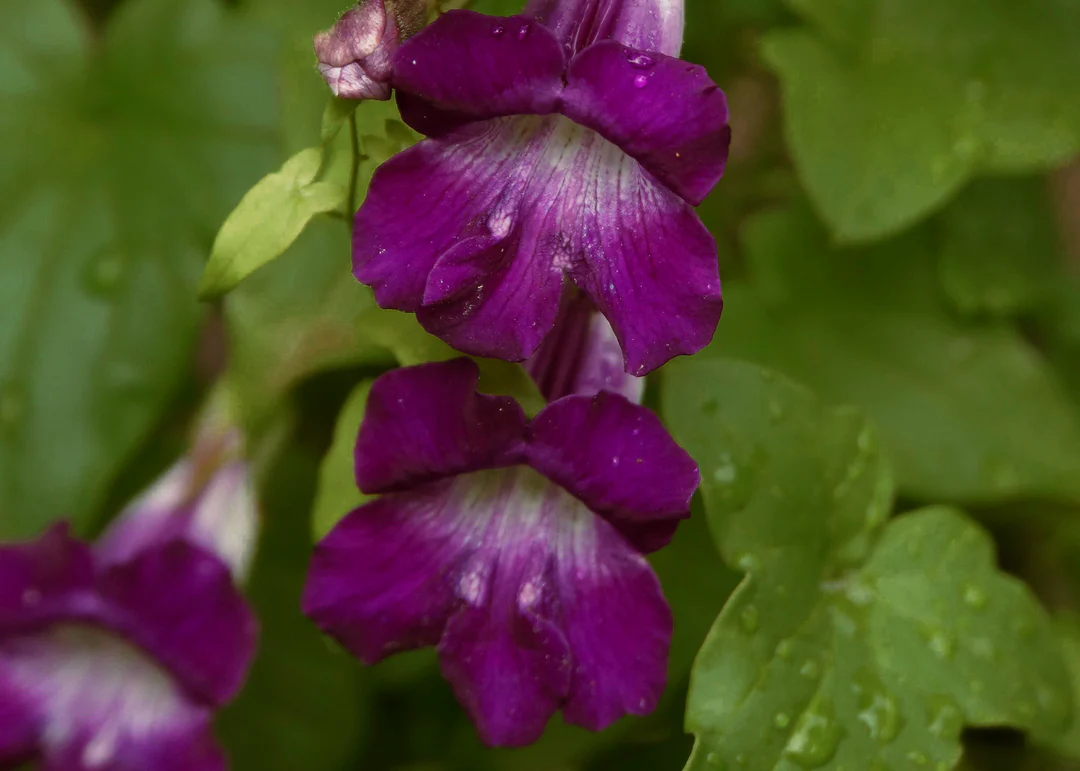Snapdragon Vine
- Shipping Available
- In stock, ready to ship
- Backordered, shipping soon
Also known as Snapdragon Vine, Roving Sailor, Climbing Snapdragon, Little Snapdragon Vine
Snapdragon vines are lovely little herbaceous affairs that can grow up to 3 feet long. From the axil of their charming, triangular, lobed leaves, you'll find delightful rose-purple flowers blooming on slender stalks. Often called Roving Sailor, these vines bring a touch of beauty wherever they grow!
Although they aren’t true snapdragons, their attractive presence makes them a delightful choice for anyone looking to cultivate a small, dense vine or ground cover. Each plant gracefully covers an area of about 3 x 3 feet, and when in full bloom, the tiny flowers look just like those cheerful garden snapdragons that grow on neat spikes.
These sweet little climbers are perfect for creating trailing effects from hanging baskets or for adding vertical charm to trellises. Just imagine those tiny snapdragon-like blossoms adding a pop of color! Plus, they're pretty resilient in Central Texas, but be sure to give them some protection if you're north of Austin. And, fun fact—Buckeye butterflies enjoy snacking on snapdragon vines as a tasty treat for their larvae!
Butterfly Host Plant: Common Buckeye (Junonia coenia)
BONAP MAP
Height: 6’-9’
Spread: 3’-6’
Bloom: March-October
Light: Part Shade
Water: Medium
Zone: 9, 10
Origin: Southwest United States
Spring Shipping:
Orders are shipped within 7-10 business days. We will email you if there are expected delays.
When you order plants from our nursery, you can expect them to arrive in the best possible condition. Our team carefully packs each order using sturdy, biodegradable packaging materials.
Your plants' appearance may vary depending on the season and their current growth stage. We may cut back the leafy growth of some plants to prepare them for shipment and transplanting.
5 Gallon and Up: Any plant purchased to ship over 5 Gallons will be shipped bare root. This means we will remove the plant from its original pot, remove the soil surrounding the roots, and wrap the roots with a biodegradable plastic bag. This reduces weight and the likelihood of damage during shipping.
Once your plants arrive, it is essential to plant them as soon as possible. This will help them rebound and thrive. If you cannot plant immediately, water regularly and keep the roots off heat-conducting surfaces.
Newly transplanted plants often require more water until their roots are well established. Plan to water them 1-3 times weekly for the first few months.
Pairs well with










